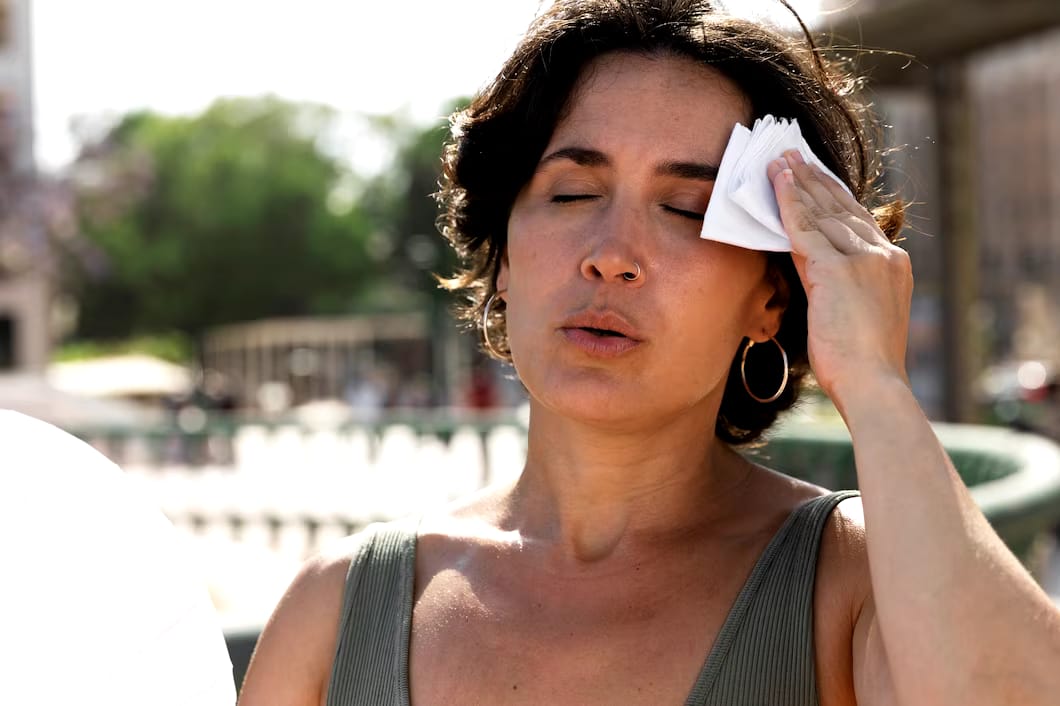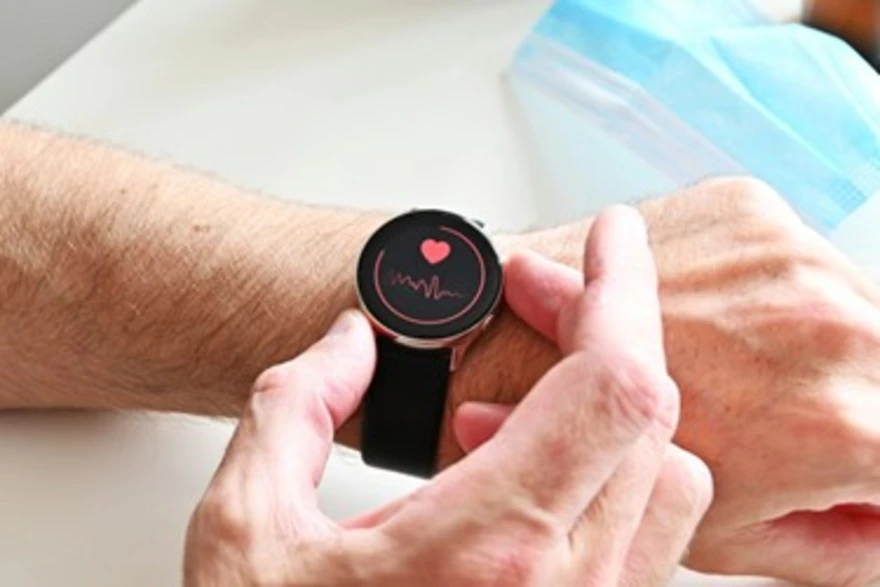Preventive Healthcare
Heat Stroke (Sun Stroke) - What it is, Symptoms, Causes, Treatment & Recovery

Table of Contents
Heat strokes have become very common these days. With increasing temperatures, life in summer is wrapped in sweat and uncontrollable heat. However, sun strokes should not be treated casually.
Normally, a person hit by sunstroke or heat stroke recovers with glucose and water after some time. Sometimes, a heat stroke can lead to serious health consequences. In short, a patient with untreated heat stroke may recover within a few minutes but can fall prey to serious and chronic diseases of the heart, kidney and other internal organs. Therefore, one must rush to the nearby health centre when one falls sick with heat stroke.
As per Dr V Kavita, AVP Lab Operations TN & APT, Metropolis Healthcare Ltd, Chennai, everyone should know about heat strokes and their effects on the kidney. She said that the kidney is responsible for the body's normal functioning. It maintains bone health and blood pressure by removing waste products. Kidney issues may lead to nausea, tiredness, reduced urine output, vomiting, bone disease, and anaemia.
She has also mentioned some lesser-known facts about the kidney. These include excessive protein powder intake and fat burner pills that can slowly damage the kidney. She also said that taking over-the-counter painkillers can cause kidney failure, which may remain unnoticed until urine output is decreased. People should maintain normal blood sugar and blood pressure to avoid such conditions.
What is a Heat Stroke?
Heat stroke or sunstroke is a medical condition that arises when a patient's body temperature increases up to 104 Fahrenheit scale or 40 degrees Celsius. This condition of overheating of the body is called hyperthermia. Heat stroke is an emergency medical condition, and if not taken seriously, it can prove fatal.
Causes of a Heat Stroke
Prolonged exposure to sunlight during summer days is the most common cause of heat stroke. However, there can be other causes. Some of the possible causes of heat stroke are as follows:
- Vigorous activity: If one carries on intense physical activity in extremely hot and humid weather, one's body temperature may increase beyond the normal range. As a result, one might get affected by exertional heat stroke.
- Dehydration: Water regulates the temperature of the body. One may lose excess fluid from one's body through sweating in the summer. Insufficient water or fluid intake can lead to dehydration. Furthermore, dehydration can lead to heat stroke.
- Excessive warm clothes: Wearing too many layers in the summer can cause illnesses like heat stroke. Excess clothes prevent easy evaporation of body heat.
- Alcohol consumption: Alcohol can disrupt the normal heat balance of one's body.
Risk Factors
Though everyone is prone to get sick of heat stroke in the summer, some factors increase the risk of heat stroke. The risk factors are as follows:
- Age: Regulation of body temperature largely depends on the central nervous system. As people age, their CNS deteriorates. Moreover, the CNS is not fully developed among children. Therefore, people above 60 and children below 12 are at higher risk of heat stroke.
- Prolonged outdoor activity: Certain activities need to be performed outdoors. Sports training like football, cricket, and hockey are strenuous and risky in hot weather. Moreover, soldiers' military training is also carried out under the open sky.
- Sudden exposure to heat: If one is not accustomed to the heat and works indoors, then sudden exposure to extreme heat can be risky.
- Certain medications: Certain vital medications increase the temperature of the body. Hot summer is a risky season for people on such medicines.
- Insufficient ventilation: Fans can be soothing, but insufficient air passage in a congested room increases the risk of heat stroke.
- Certain health conditions: People with heart disease, blood pressure, and kidney problems are at higher risk of sunstroke.
Symptoms of a Heat Stroke
Check if anyone is showing any of the following symptoms:
- Sudden rise in body temperature (104 F/ 40 degrees Celcius)
- Excessive sweating
- Increased breathing
- Nausea and vomiting
- Severe headache
- Increased heartbeat
- High blood pressure
- Fainting
- Weakness
- Dizziness
- Difficulty in moving
- Seizures
- Redness on the skin
Health Complications
Heat stroke can result in serious complications like heart failure, lung disease, brain stroke and chronic kidney diseases. In severe cases, heat stroke can be fatal.
How is the Kidney Affected by Heat Stroke?
The kidney is a sensitive organ that regulates toxin levels in one's body. A heat stroke can affect one's kidneys.
Dehydration causes low blood pressure in the body and affects the kidney's normal functions. Moreover, continuous episodes of heat strokes can lead to abnormalities in metabolic functions and muscle breakdown, leading to kidney damage.
Chronic Kidney Diseases from Heat Stroke
Heat strokes can result in the following chronic kidney diseases:
- Kidney failure
- Renal failure
- Kidney damage
When Should One Rush to the Doctor?
If one spots any of the symptoms mentioned above, one must rush to the nearby hospital immediately.
Treatment for Heat Stroke
Heat stroke is easily detected by checking one's temperature. Furthermore, the doctor can ask for blood tests or urinalysis. Here's how one can treat a heat stroke:
- Ice bath
- Ice pack on neck, armpits and groin
- Saline
- Drinking salty fluids
- Medicines to stop seizures if necessary
- Regular BP checking
- Injection of cooled intravenous fluids
- Observation in a cool, well-ventilated room
- No other medications
How to Avoid a Heat Stroke?
It is difficult to prevent heat stroke if one has to go outside in the summer. However, one can take the following measures to keep one's body cool:
- Wear light-coloured loose cotton clothes
- Keep the body well-hydrated
- Do not eat rich and oily foods
- Limit outdoor exercise
- Talk to the doctor if one is under certain medications that increase one's normal body temperature.
- Do not keep anyone inside parked cars for a long time
- Take measures if one has certain heart and kidney diseases
Conclusion
Heat stroke is a fatal disease caused because of rise in body temperature. It usually happens because of overexertion in humid and hot weather. Its symptoms may include sudden sweating, excessive breathing, loss of consciousness, etc. If someone has a heat stroke, they must approach a doctor immediately and try to lower the body temperature as soon as possible.
























